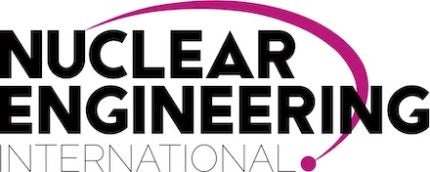
The International Energy Agency’s latest World Energy Outlook 2024 is yet another piece of evidence showing the stark choices faced by the world if it is to deliver a clean energy future. According to the IEA analysis, despite some progress, meeting an electricity demand forecast that is predicting sharp growth over the coming years has become that much harder in light of energy security concerns and changing consumption profiles. Strong electricity demand growth is a feature in all the modelled scenarios, driven not only by economic growth but also increasing electrification of consumption, notably electric vehicles and demand from data centres. The share of electricity in final consumption increases from 20% today to at least 26% in 2035 and up to 36% in the net zero scenario. At the same time, demand for the most important fossil fuels – coal, oil and gas – is projected to peak by the end of the decade. This is despite fossil fuels still meeting 80% of total global energy demand in 2023.
Alongside a broad trend towards more electricity consumption, based on current policies the report also finds that low-emission sources of electricity are set to generate more than half of the world’s total before 2030.
Low-emissions sources, led by renewables, increase faster than electricity demand in all scenarios and consequently push down the contribution of fossil fuels. In 2023, renewables provided 30% of global electricity supply, while fossil fuels edged down to 60%, their lowest share in 50 years. By 2035, the share of solar PV and wind in electricity generation is forecast to exceed 40% globally and by 2050 will increase to nearly 60%.
However, despite the striking rise of clean energy generation, the evident growth drivers supporting increased electricity demand and the need to bolster security of energy, the IEA suggests that the share of nuclear power remains close to 10% in all their outlook scenarios out to 2050. This is clearly troubling in light of a broad pledge to triple nuclear capacity by then and even though nuclear generation clearly ramps up, it falls dramatically short of the more positive nuclear outlook scenarios.
The IEA does acknowledge that more clean energy investment is needed to accelerate CO2 emissions reductions and meet the net zero scenario and this is a theme echoed in a new report from the IAEA.
The 2024 edition of the Agency’s Climate Change and Nuclear Power report emphasises the need for a significant increase in investment to achieve nuclear power goals and with it net zero emissions. Despite the IEA’s reticence, the IAEA’s rather more robust growth projections point to a capacity increase of 2.5 times the current level by mid-century in its high case scenario.
But, the IAEA notes that to meet these projections, global nuclear energy investment must increase to $125bn a year, up from the roughly $50bn a year seen between 2017 and 2023. Moreover, tripling capacity would require more than $150bn a year in investment.
The big challenge is that while over a near century-long lifetime, nuclear power is certainly cost competitive, the high upfront costs make financing a challenge, especially when it comes to raising funds from the private sector. It’s clear that nuclear could and should do more of the heavy lifting in the net zero scenario. To do that it is also evident that more work needs to be done to encourage nuclear engagement from institutional investors, multilateral infrastructure development banks and other sources of non-governmental finance.
There are encouraging signs. Last month, for instance, 14 major financial institutions came together during a New York Climate Week event to signal a willingness to help finance nuclear new build and we’ve seen a swath of data centre players step into the nuclear arena. That’s certainly good news, but we need more and we need it now.
Author: David Appleyard, Editor, Nuclear Engineering International






